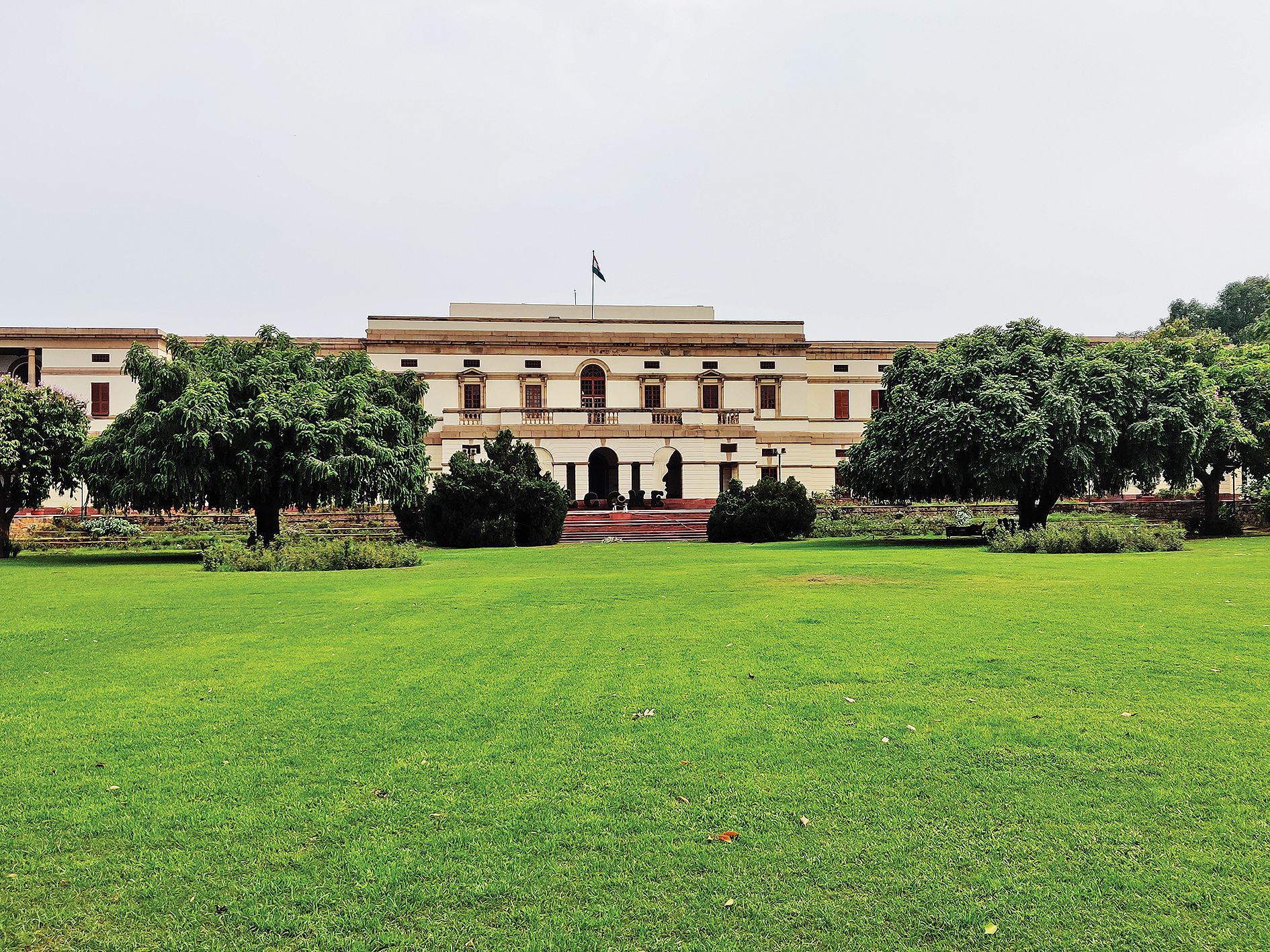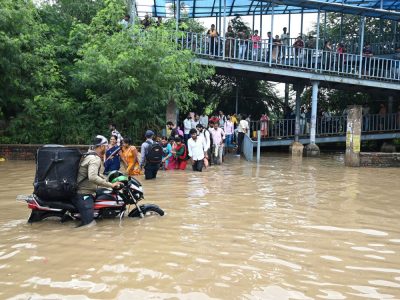Nehru Memorial Museum is likely to be overshadowed by the new structure dedicated to all the Prime Ministers. Already, the home in which he lived and died has exhibits related to Mahatama Gandhi, PV Narasimha Rao and Atal Bihari Vajpayee
The setting for the museum is idyllic. Off Teen Murti roundabout, it is right now a verdant space surrounded by decades-old trees. A Prime Ministers’ Museum is coming up brick by brick right behind India’s first prime minister’s home.
This new museum would be completed by March 2020, the Centre has announced. A few people working at the site, though, tell Patriot that the deadline is not achievable with just one of the structures starting to be built. And two more to go.
The whole project has been a contentious one, with the Congress party and other critics seeing it as a way of diluting the legacy of Nehru — which the present government is also accused of attempting to smear.
In the grand old building of the Nehru Memorial Museum and Library, though, the negative narrative about Nehru has not adversely affected the number of visitors. The guest book shows pages of visitors — some families, some friends — coming even on a hot muggy day in July.
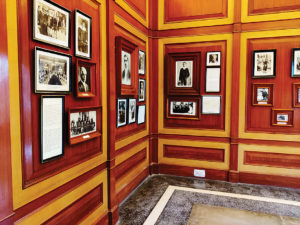
We met a few families who had come to look at the history “of a man who had fought for independence” to others jogging their brains before a tough general knowledge exam.
Prime Minister Narendra Modi clarified this week why his government believes there is a need for such a museum. He accused “a section of political class” of trying to “erase the memories of all former prime ministers”, calling it a move which would go beyond “political untouchability”.
For now, only one floor of the Nehru Museum is open to the public, as the rest are under renovation. According to the new design plan — suggested by MJ Akbar, who serves as Vice Chairman, executive council — the ground floor would depict important junctures of Nehru’s life till 1947, including his time at Harrow School in London, anecdotes from his days in prison and his famous Tryst with Destiny speech.
At present, you can only get a glimpse of Nehru’s early life, along with the books he authored, and the tokens presented by various nations; then his bedroom, gloomily marked, “He died in this room”.
After this you are confronted with very out-of-place exhibits pertaining to former prime ministers PV Narasimha Rao and Atal Bihari Vajpayee. Followed by a section for Mahatma Gandhi, the fight for independence and its champions.
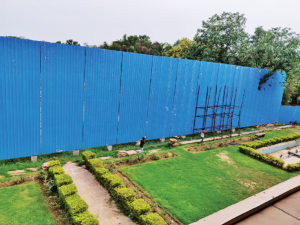
Visitors Brijmohan and Shashi Garg voiced their opinion about the space and called it a misuse. They also pointed to the lack of context for the exhibits, which could have easily been solved with audio and visual backdrops.
There also was an obvious lack of air-conditioning, which the Garg couple said was one of the reasons why their grandson lost interest. They also were dismayed that photographs and documents were not framed, making them “vulnerable to the elements”.
But, Brijmohan does not think a prime ministers’ museum beside Nehru’s is a crime — in fact, he believes that others “who had sacrificed their lives for the country should be projected”, and not just one man.
To pay true homage to our history, he says, the fight for independence and the consequent partition must be well recorded. “I still remember how trains coming into Old Delhi would have dead bodies lying in them”. He believed it a good thing to revisit all crannies of the past.
Perhaps his wishes will come true in the “grand” new museum, complete with modern facilities.
Three younger individuals preparing for their civil services exams, and discussing history animatedly, had varying opinions of the museum itself.
Maneesh thought that having Gandhi on the same floor was an insult to both Gandhi and Nehru. His friend Garima countered that by saying the fight for independence would scarcely be possible without the mention of the former. Anirudh agreed that the curation of the space was not exemplary and perhaps a new plan would bring in the much-needed cohesiveness.
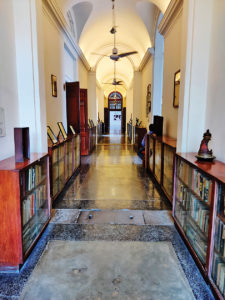
In fact, the new plans aim to have an even deeper structuring of the relationship between the two with a section titled “Beginning relation of ‘father’ and ‘son’” and interestingly enough, sections marked as “Differences” (technology, village, self-reliance and crafts) and then under “Unity” (Ahimsa, unity of India, coexistence, freedom of belief).
A section is being added under the title ‘Impact of Gandhiji’ showing handicrafts, rural community work, ‘Buddha as heritage’. Such displays in a space marked for Nehru will certainly raise eyebrows.
Moreover, will the PMs’ museum take away the grandeur of this one? Even if it doesn’t, exhibitions without the backing of newer, more interactive techniques, will render it less attractive than one built with modern capabilities. As per PM Modi’s promise, it will be a “grand” one.
As of now, visitors still feel Nehru Memorial Museum is an important place to visit and people still flock with their children to see history in a tangible personal space.

